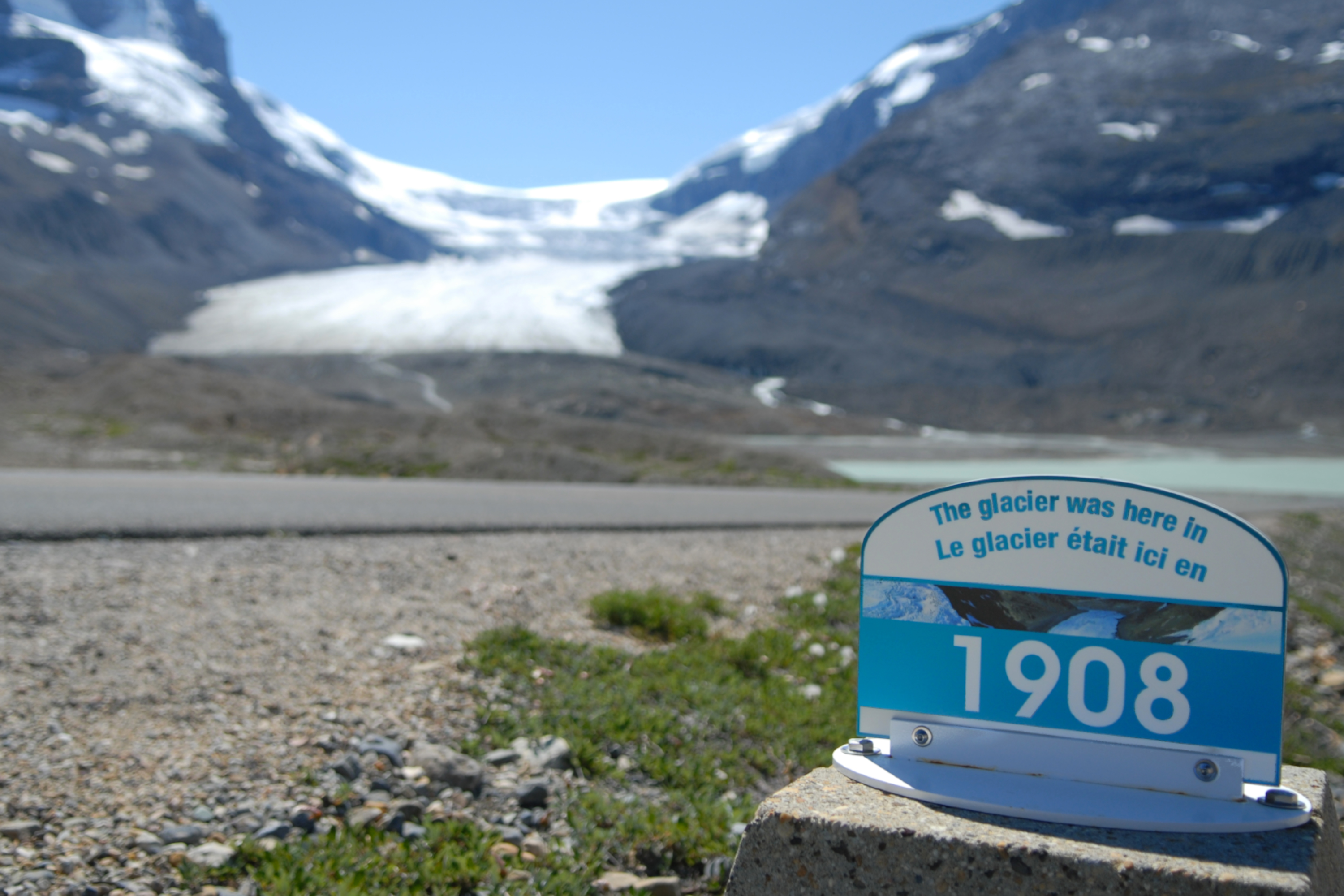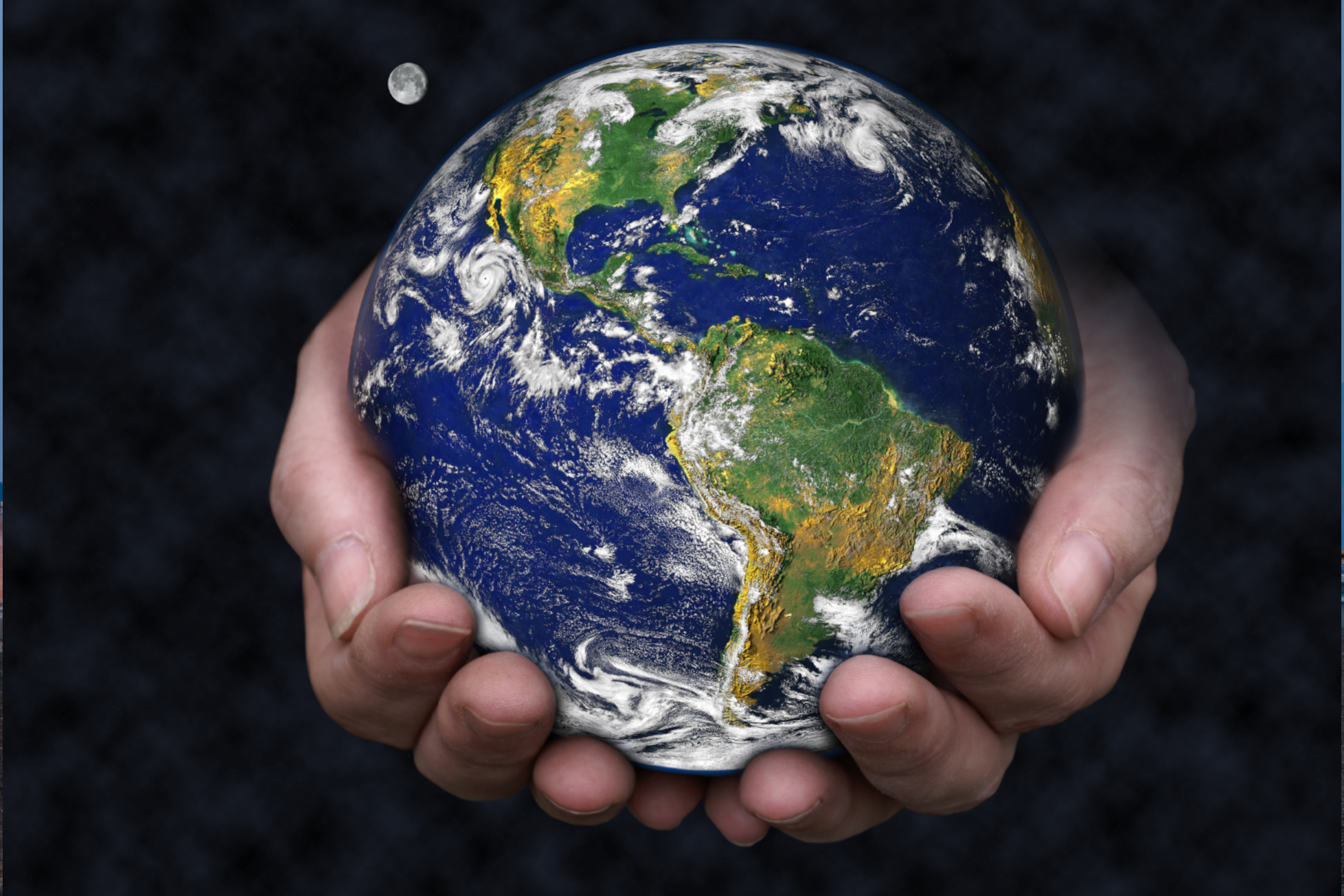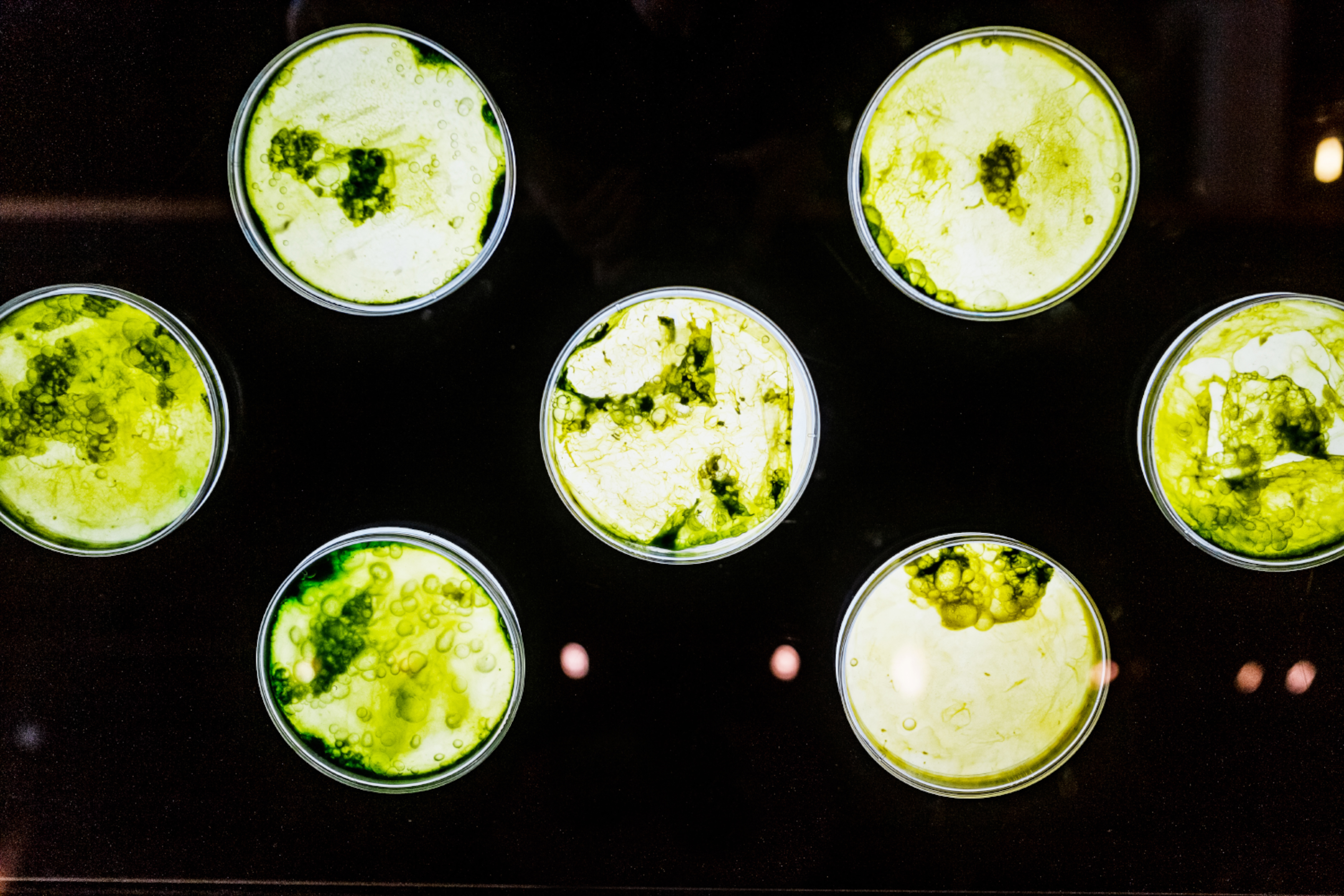We often pride ourselves as humans being a super smart species, but I would argue that we’re not as clever as the biosphere in our relationship with energy and materials. We’re still powering the majority of our civilisation on a finite reserve of fossil fuels, the toxic by-products of which are causing global climate change. And yet, we have renewable sources of energy that are already getting a lot cheaper and we should be shifting to those much faster than we are. On top of that, we think we are great at engineering, but in terms of our relationship with materials, we just basically dig stuff out of the ground or fix nitrogen from the atmosphere and chuck our waste products.
And that’s why we’re suffering climate change, ocean acidification, the plastics problem and a whole raft of others. It is because we have a very stupid relationship with materials, whereas the biosphere as a whole, for three and a half or more billion years, has become absolutely brilliant, recycling all the materials it needs because it operates on the fact that it is the basis of all of its flourishing. We need to get smarter and do exactly the same. So, I am putting it out there as a challenge to all my fellow science and engineering friends. Of course, it’s a governance challenge as well. It’s about having the right value system to support what might at first seem to be a technological challenge.



